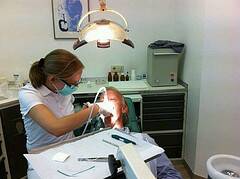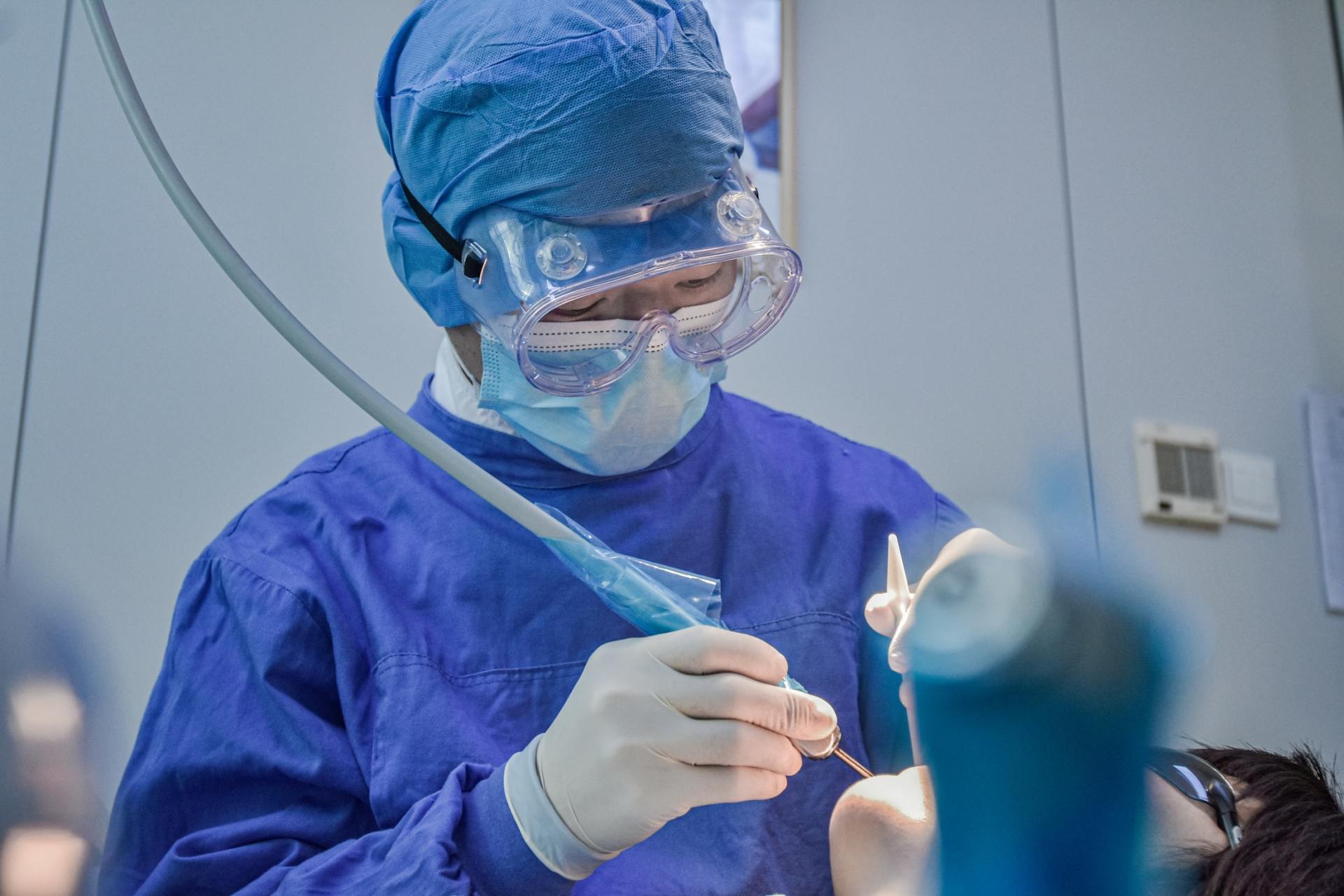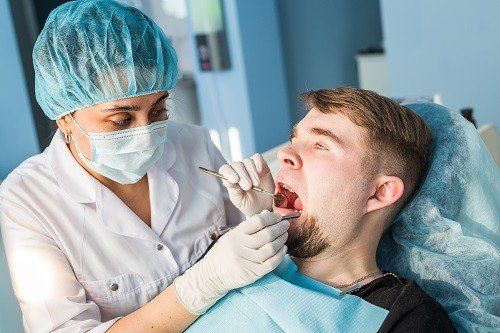Isn’t It Time to Visit the Dentist Again?
What You Should Expect from Your Next Dental Visit
An important part of keeping your teeth and mouth healthy is scheduling regular dental visits. Although this should be a common practice, many people do not keep regular appointments or rarely go to the dentist at all. Usually, not wanting to go to the dentist is a result of being afraid of what may happen during the visit or being apprehensive about what the dental professional may find. Instead, focus on instead is the amount of money and pain saved by making regular visits.
Since the fear of the unknown is a very real fear so we will explore what you can expect from your next routine dental visit in order to ease your mind about the experience.
Exam and Routine Teeth Cleaning
During the first portion of the visit, the dental hygienist will do a quick visual exam of your teeth. This will usually involve a small mirror and pick to try and identify any problems you may have missed and is virtually painless to the patient. Next, the dental hygienist will deep clean your teeth, removing plaque and calcium build-up using an instrument called a “scaler.” They will then polish the teeth using toothpaste and a polishing brush that is most often motorized.
Taking X-Rays
In some cases, the dentist will want to take X-rays of the teeth in order to look at their roots and spot any potential issues that may become large problems down the line. To do this, you will need to use a lead-lined blanket or cover over your body in order to protect you from the X-rays. A special film will then be inserted into your mouth to assist with capturing the photos. The dental assistant will then leave the room to capture the images and after taking photos of a few areas the X-rays are done.
Receiving Fillings
Individuals who brush and floss regularly will often not need to have any cavities filled. But in the off chance that you do have cavities, you will need a filling. While every dentist will approach a filling differently, generally they begin by numbing the area before the procedure. Once the area is numb, they will use a high-speed drill to remove debris from the cavity and prepare it to be filled. Finally, the dentist will fill the hole with one of a number of different materials, depending on the size of the cavity.
If you have not been to the dentist recently because you no longer have coverage, consider signing up for the Wellness Dental Plan. Our plan offers savings up to 20 percent on routine visits and emergency medical care. For more information about our alternative dental plans , please click here.
*Photo Courtesy of 95Berlin via Creative Commons License











